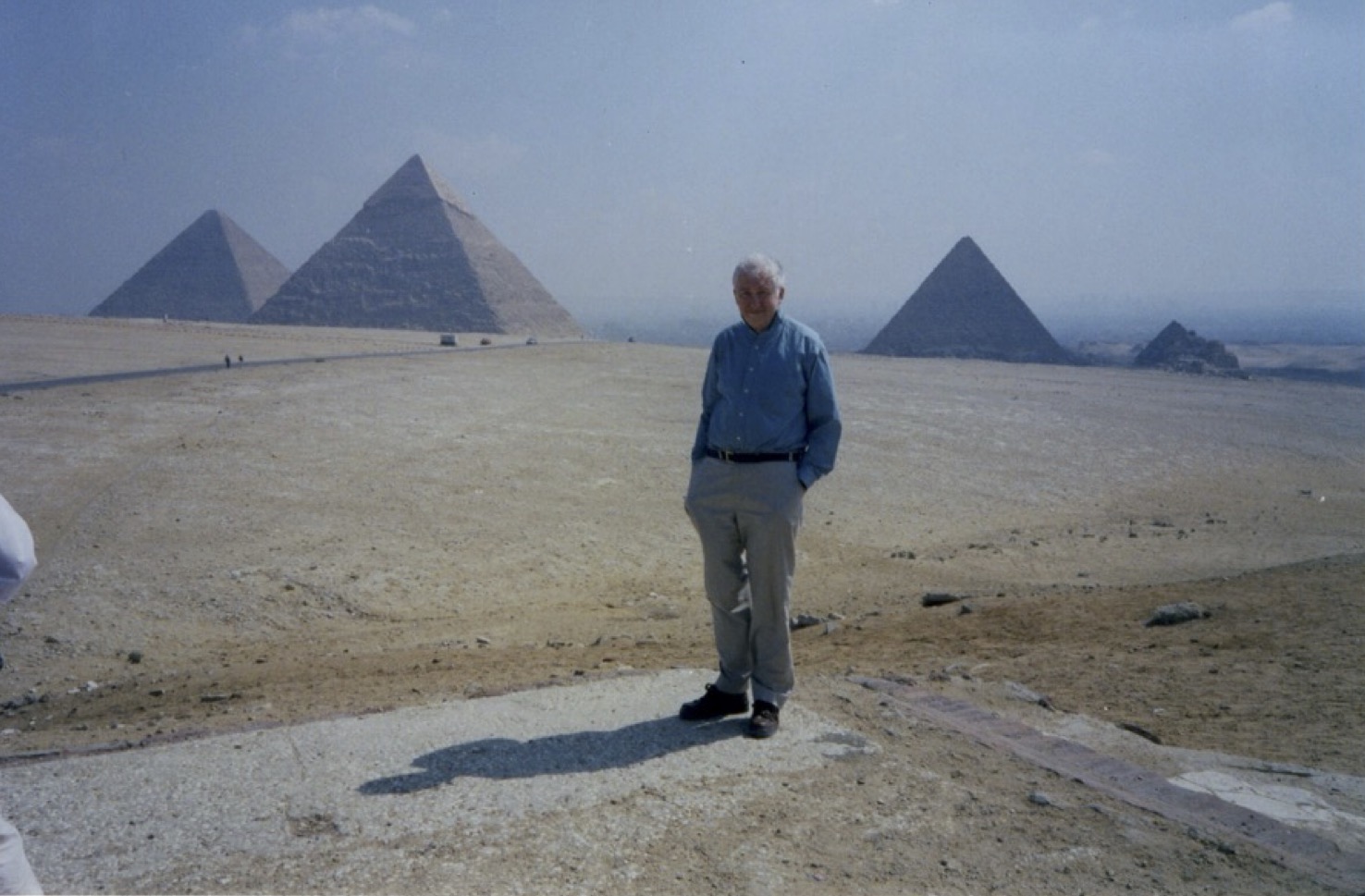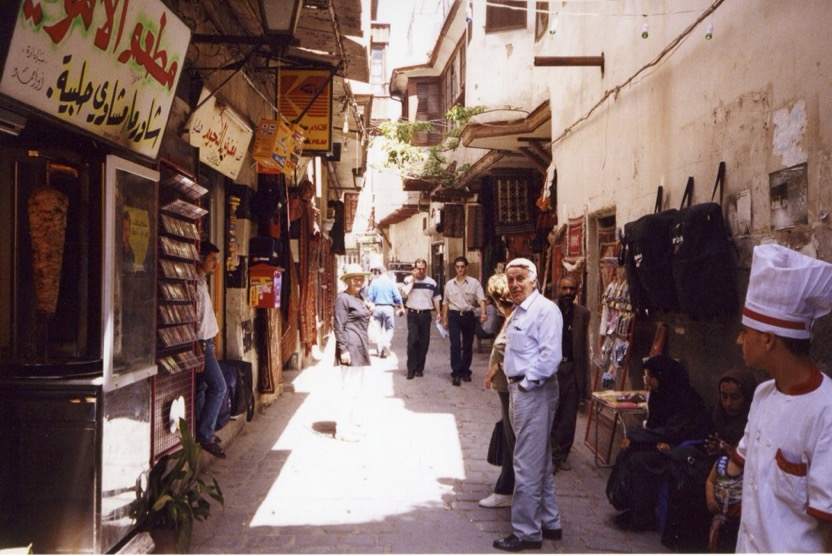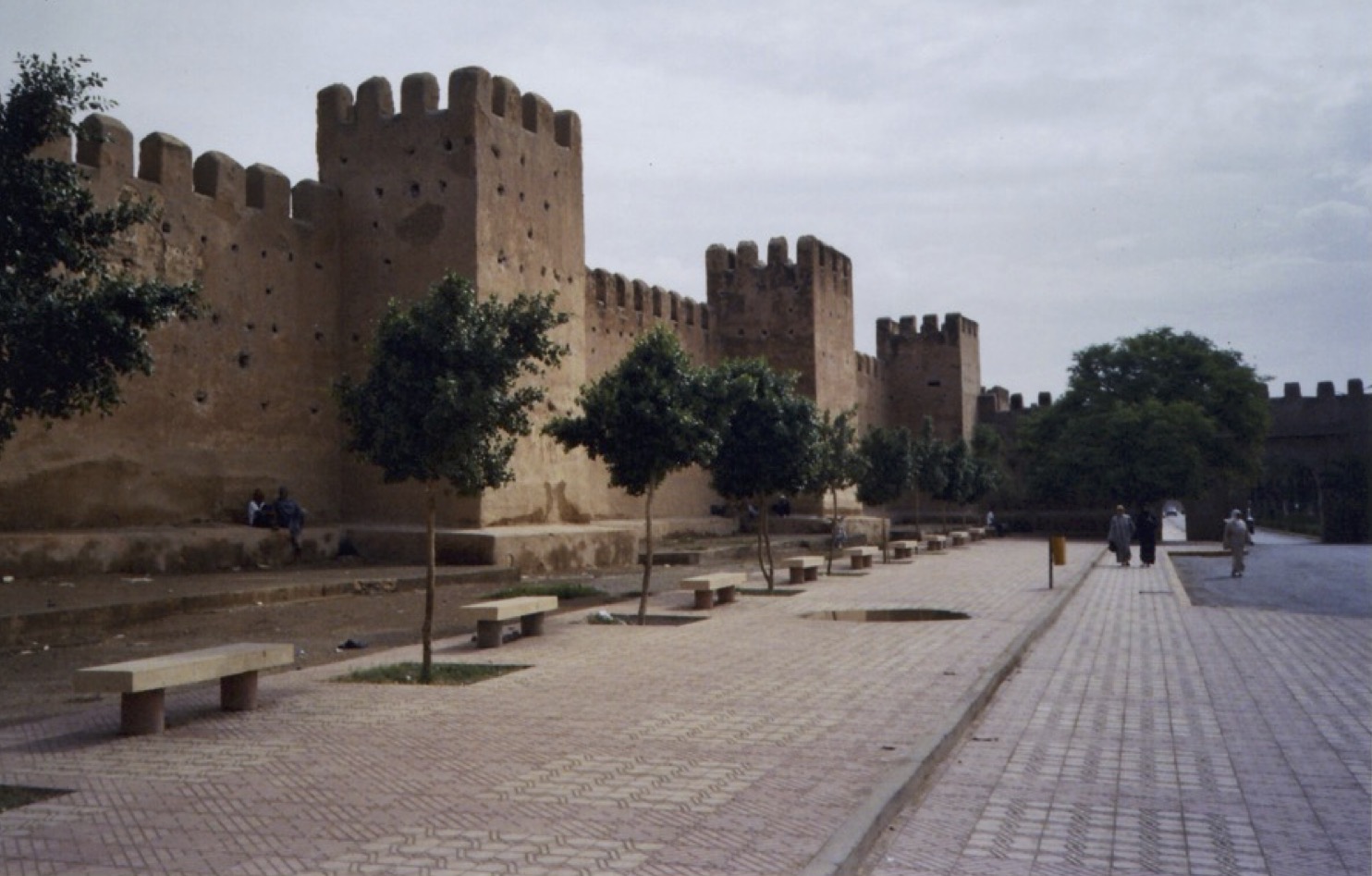At the end of September 1999, after 41 years at Edinburgh University, firstly with the Department of Zoology and latterly with the Institute of Cell, Animal and Population Biology, I retired. At first, I maintained an office in the main building of the Institute before - such is the fate of retired academics - being moved out to “the hut” at the back of the building. When that “hut”, and my fly breeding laboratory were both bull-dozed to make way for a new building, I ceased active research and moved my office home, although in doing so I had to lose a lot of space and condemn much of my material, including many old and no doubt valuable reprints, to the departmental skip.
However, my colleague Fred Kippert organised an excellent meeting entitled “Complex Clocks” held between 20th and 24th March 2000 to mark my retirement. Over 100 delegates attended the meeting, including many of my scientific friends, colleagues and students, and the resulting papers were published in two journals. The more entomological papers were published as a special number of the Journal of Insect Physiology (volume 47, p. 803 - 949) and the more general (i.e. non-insect papers) in Philosophical Transactions of the Royal Society (volume 356, p. 1681-1810). The meeting was held in the large lecture theatre of the Institute of Cell and Molecular Biology at Edinburgh, and on the last night we attended a dinner in the Upper Gallery of the Old College.

At the Complex Clocks meeting, March 2000: Jim Hardie, David Denlinger and Helen Bradley.
Later that same year we attended the International Congress of Entomology held at Iguassu Falls, Brazil. We flew out to Brazil via London to Sao Paulo, before transferring to a smaller local airline. Registration was hot and slow, made doubly hot and slow because in Brazil delegates were listed according to their Christian names, rather than by surnames – rather like Brazilian footballers! So after queuing for some time in “line S”, we found that I should have been in “D” and Jean in “J”. Jean also became registered - to her great amusement - as Italian! The meetings were well organised on the whole, but in rooms separated only by hard-board panels, so that every sound from parallel lectures could also be heard. I organised a session on Diapause and Photoperiodism with Hideharu Numata which seemed to be a success. The whole Congress was characterised by a constant danger from ‘hold-ups’ on the shuttle buses; on one occasion a delegate had to crouch on the floor of the bus while the highjacker waved his gun about.
The highlight of the trip was a visit to the fabulous waterfalls on the Brazilian-Argentinian border. Although it was not officially the wet season, the many cataracts were truly magnificent. The trip reached a climax on a metal-bottomed boat high above the waterfalls - in an electric storm.
Jean also went on a shopping trip across the border to Paraguay with Noelle Granger. This was a country not on my list!

Iguassu Falls, on the Brazil-Argentine border, 2000

With Jim Hardie in the rain at the top of the falls,
The following year (2001) we flew to St Petersburg, me to attend the IVth European Workshop of Invertebrate Ecophysiology organised in memory of the great Russian photoperiodism expert, Alexander Danilevsky (1911-1969) whom I had the honour of meeting at the 1968 Moscow Congress of Entomology. This meeting allowed me to meet some of my Russian colleagues not seen since my earlier visit to Moscow; these included Elena Vinogradova, who has worked on photoperiodism in mosquitoes and blowflies, and Valentine Belozerov who has worked on ticks. We also visited Mendeleev’s office, now a museum, and had an enjoyable evening at the ballet in the Mariensky theatre. On September 11th news came through of the tragedy in New York, and television pictures showed the airplanes crashing into the twin towers. This terrible event caused serious delays to our American colleagues’ return flights, and a lot of ‘lost’ or delayed baggage.

Some delegates at the St Petersburg conference: me, Elena Vinogradova, David Denlinger and Hugh Danks.
Over the next few years Jean and I took several trips to exciting places: Egypt (2001), Lebanon (2002), a second visit to Morocco and a return to Chapel Hill in 2004. In Egypt we visited (me for the second time) many of the ancient monuments including the pyramids, the sphinx, Luxor, Karnak and the Valley of the Kings. We sailed down the Nile on a river steamer, stopping at various places on route.

Me at the Pyramids at Giza, 2001
In 2002 we were invited to stay with my old ‘dental friend’ Zahi Khalaf and his wife Leila, to stay with them in Beirut. This, too, was my second visit to the Lebanon – after 1961 – and it happily coincided with the first time of peace in that troubled country for very many years. This trip was one of the best we ever made. It started well when we arrived at Beirut airport when one of the staff asked me whether Jean was my wife, adding that she was “very beautiful”! During our stay we visited Baalbeck and several other ancient sites in this lovely country and had several memorable meals, one during a visit (a re-visit for me) to a restaurant alongside the river in Zahle on the road back from Damascus.

In the streets of Damascus

A Lebanese feast!
The decade was rounded off with a second visit to Morocco, this time to the walled town of Taroundant on the southern slopes of the Atlas Mountains, and a trip to stay with Larry Gilbert in Chapel Hill.

The walled town of Taroundant in southern Morocco

On the Atlantic coast of North Carolina, 2004
